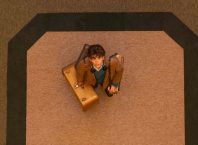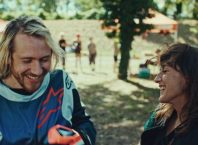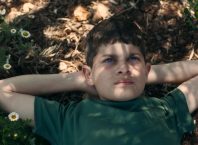The Invisibles, directed by Claus Räfle, with a screenplay by Räfle and Alejandra López, follows the harrowing and moving experiences of four young Jews who went underground, living illegally in Berlin during World War II. Although the Nazis had declared that Berlin was “free of Jews” in June of 1943, around 7,000 Jews remained in the city, hiding in attics and basements, or living under assumed identities. Only 1,700 of them survived.
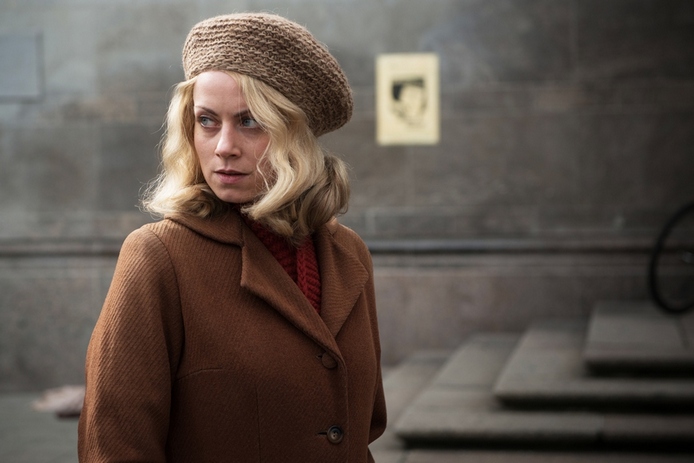
The Invisibles follows Cioma Schönhaus, Hanni Levy, Ruth Arndt, and Eugen Friede as they navigate this treacherous terrain, in a suspenseful, and sensitively rendered film. Their stories are presented in an unusual format: the present-day testimonies of the four are interwoven with dramatizations of their past. As one watches the young actors portray events in the lives of the four, witnessing the daring, creativity, intelligence and courage they exhibit, as well as the kindness, bravery and willingness to risk all for the sake of a stranger, on the part of those who help them; it’s almost too astonishing to believe. Yet then one hears the protagonists themselves, old men and women in their 90s, recounting the events of their youth with an impressive vivacity. The Invisibles will open in Israeli theatres from April 12, 2018. Director Claus Räfle arrived in Israel to attend premieres held in Jerusalem and Tel Aviv, and graciously made time to talk to Midnight East.
While in Israel, Räfle visited Yad Vashem, where those who helped Hanni, Cioma, and Eugen are honored – Viktoria Kolzer (who also has a tree planted in her honor), Helene Jacobs, and Hans Winkler. Räfle said that Israel “is the most emotional place where this movie can be screened and we feel very honored.”
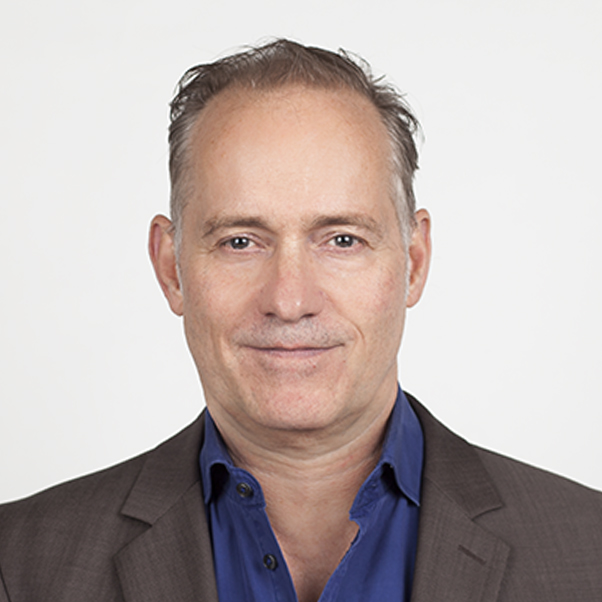
The Invisibles is Räfle’s first feature film, he had previously made several well-received documentaries for German television. It was during the making of film for ARD, that the seed for The Invisibles took root. As Räfle recounted:
“We made a documentary about a very dangerous place in Berlin, it’s called Saloon Kitty. It was a place where the Nazis could go to, high Nazis, politicians as well – diplomats from Italy and Romania and Japan and they could go to that place which was close to the Kurfurstendamm, the main boulevard, and drink French red wine there, and meet women… It was run by a German woman her name was Kitty Schmidt, she was a very famous person during those years. She was working together with the Nazis but she was somehow looking for her own future as well. While we were starting the doc I got the information from an very old man that in that place there was a Jewish woman from Berlin being hidden with wrong papers, wrong identity papers, but she was working as a maid. The very special thing is that she then appeared in the United States in an American TV show on NBC – This Is Your Life… that man who brought her to that special place was writing a book about the Second World War and he was honored on that show. That Jewish woman appeared at the end of the show and she ran to him and grabbed him: You’re a good man Mr. Luckner, you saved my life and you brought me to that place where I could work as a maid . And so we put that story and the NBC footage into the documentary. Then we decided there must have been many more other stories of people who had been hiding themselves in unbelievable situations.”
The original plan was to make a “pure documentary,” with interviews. Räfle said, “we thought we have to find 4 or five or six stories and put them together, as a picture of the underground, which shows that there were more than just one or two stories.” As it turned out, finding people to interview was “not so difficult” as there exists a department funded by the Berlin Municipality where three women research the survival of Jews residing underground in Berlin during the war years.
As Räfle explained, “They were very interested to support us. We asked which of those persons are still living, which are good storytellers? And then they told us that some of them are telling their stories since a couple of years in front of pupils, students, some of them had been invited by the Jewish Museum in Berlin, to tell their story there. And one of those persons was Ruth Gumpel [Arndt].”
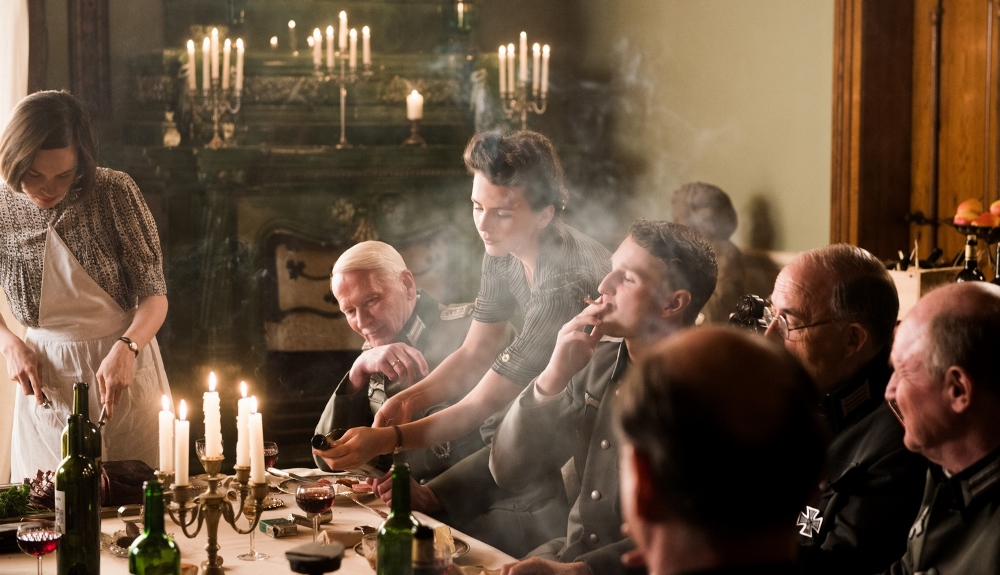
Thus they also found Cioma Schönhaus which, Räfle said, “was an amazing story because he was doing something which is a movie by itself – a young guy working as a falsificator [forger] that and renting an office in the center of the city! … When Cioma told us, when we did the interview in 2009, you can see that as well as in our movie that he laughs sometimes when he describes what he is doing. He laughs when he describes his job forging the papers (which was the most important thing that people living in the underground need to have). He was describing it saying, I never had so much fun by having a job, it was a great time for me.”
The dramatization is an effective reminder that at the time, all four were very young; their emotions and decision making impacted by their youth. Räfle commented:
“Most of these people who tried to survive were very young people. Because it was so hard and you had to be able to make decisions very rapidly and you had to be able to – OK, yeah, so then I’ll sleep tomorrow at that place with somebody I don’t know. If you are something like 50 or 45 years old, and you have little children then you are more… you have to organize your life. It’s not so easy to make these decisions. So mostly the majority of those people who said ‘I will try to survive’ were young people.”
Räfle described the process that led to the film’s hybrid format, merging feature and documentary:
“The TV companies said: 90 minutes, talking heads, people telling their story – people will not like to see that because there is no footage… nobody was doing footage of illegal people… which is clear. So I asked several TV companies but they didn’t want to do that [support the film], so we decided: we have to make it bigger, we have to make it a feature movie, and we have to mix it with the interviews because some of these stories are almost unbelievable. Like Cioma, and the story of Ruth Gumpel who had been working for that high officer.”
“We have to mix it, that’s the perfect thing because then everything will be believed, it’s proof then… And we did that – with 30 days of shooting and brilliant actors. Most of them are well known in Germany almost all of them and then we mix it up with those four interviews, and some footage as well so as to get the feeling of how Berlin was in those days. But still it took another four years [to raise the money] so we could start doing the shooting in 2016.”
A potential criticism of the film is that in telling the stories of Germans who helped Jews hide in Berlin, there is an element of absolving the Germans of guilt and responsibility for the Holocaust. To this, Räfle responded, “It [the film] shows the hellish situation that these four young Jewish Berliners… they did not want to be deported. The enemy, the antagonistic situation is always there. They have to hide themselves it’s not a funny situation for them. The protagonists, sometimes when they tell their story 70 years later, sometimes they are very proud when they are describing how they were clever and brave to overcome their brutal and their evil enemies. That’s something that is very important to them, because they were really fighting to go through that long period, from the summer of ’42 til May ’45 – it’s a long time. All the time the antagonistic situation is there. For example, when that guy who escapes from Theresienstadt, Werner Scharf, he’s an historic person, he’s a hero, someday there will be a movie about his story. When he arrives then after days by marching through the night close to Berlin where Eugen is… Eugen is still very touched when he tells that story because it was the first time he heard from a victim what happens to the Jewish people.”
“Not every German was a Nazi, that’s clear. But the majority, the massive majority was following and they were supporting these politics and they were guilty. But those stories we have been putting together should tell as well that even in those dark situations there were some people who were still human beings and were helping. And this is very important. That even in very dark and dictatorial situations there is the chance that humanity survives. Which is very important. That is what I wanted to show there.”
The Invisibles
Germany 2017, 110 min, German with English and Hebrew subtitles
Directed by Claus Räfle; Screenplay Claus Räfle and Alejandra López; Cinematography: Jörg Widmer; Editing: Jörg Hauschild, Julia Oehring; Cast: Max Mauff as Cioma Schönhaus; Alice Dwyer as Hanni Levy; Ruby O. Fee as Ruth Arndt; Aaron Altaras as Eugen Friede.



